I finished a fly order recently, tying very small flies which challenged my fly tying skills. The order was for flies in sizes 18 to 22.
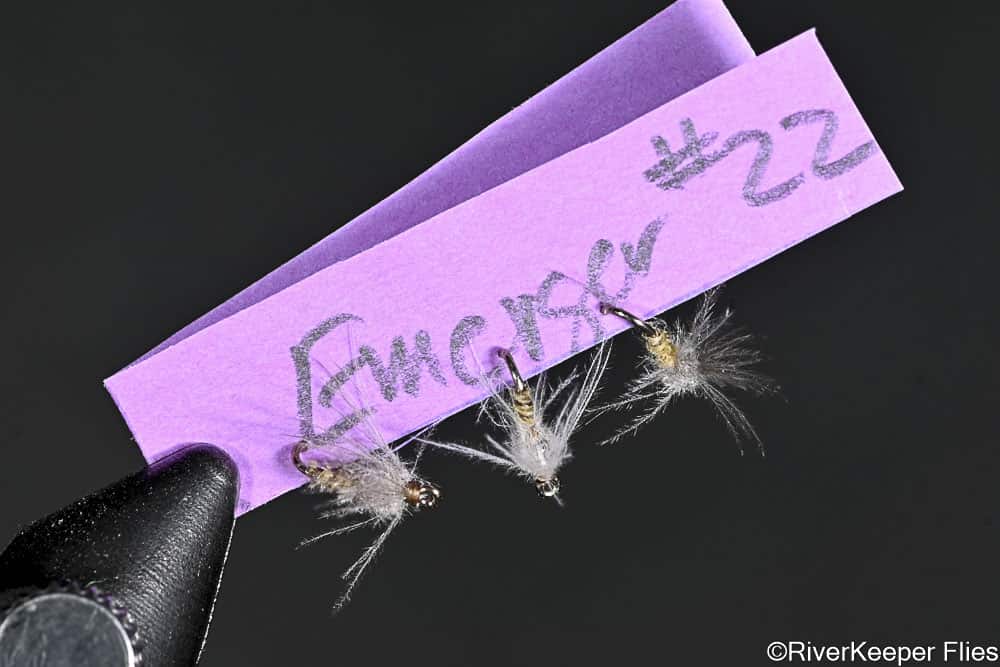
Tying small flies is difficult if you don’t tie a lot. You feel like you’re tying with two thumbs! Trust me, I’ve been there!
I remember a statement I made to my wife many years ago that went something like this… “if I want to fish with flies 20 and smaller, I’ll buy them at the fly shop”. Well, I’ve lived to eat those words. I’ve tied flies down to size 26.
I tie a lot of flies these days and really believe my techniques have improved as a result. Before tying these small flies, I thought about selecting the right materials to ensure success. Thread size helps a lot. Using Veevus 16/0 thread for some of the flies reduces unwanted bulk. But I can get away with my favorite 70 denier, 6/0 Danville for many of the flies. I force myself to only take the thread wraps I need and don’t take an extra turn or two. It really can make a difference with small flies.
So I thought I’d share these small flies, because I thought they turned out really well.
A couple of these fly patterns are tied with turkey biot, like this BWO CDC & Biot. These are size 22!
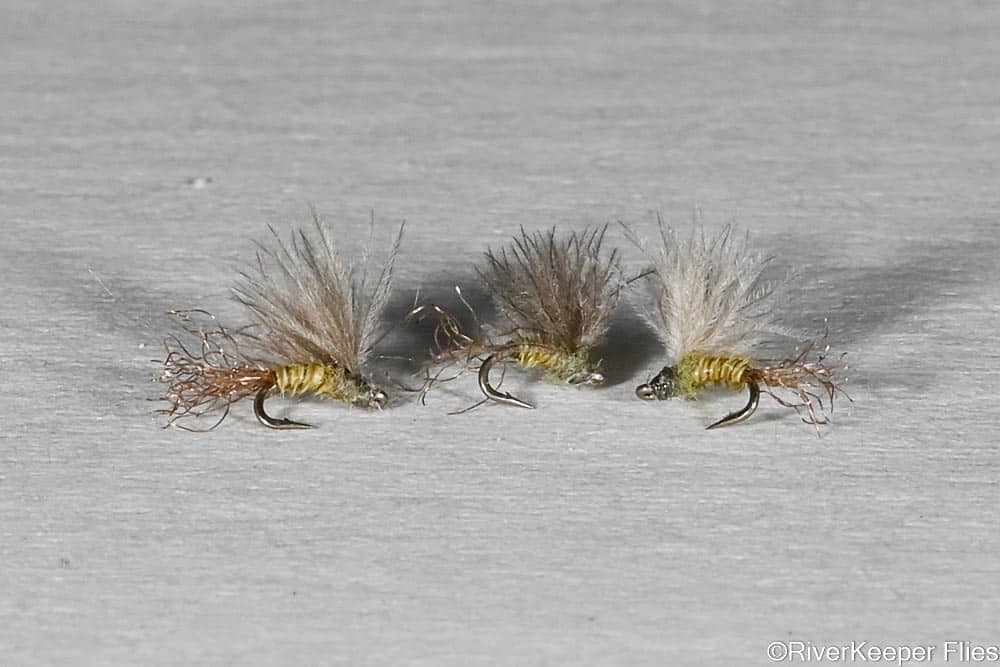
Here is an image of the BWO CDC & Biot order, 3 each in sizes 18 – 22. (left to right).

The image below shows a dozen each of a Manhattan Midge is sizes 20 and 22.

If you are interested in watching my latest RiverKeeper Flies YouTube videos of me tying these flies, here are the links. I shared the Manhattan Midge in last week’s post.
Next is the Baetis Soft Hackle in sizes 18 – 22 (left to right).
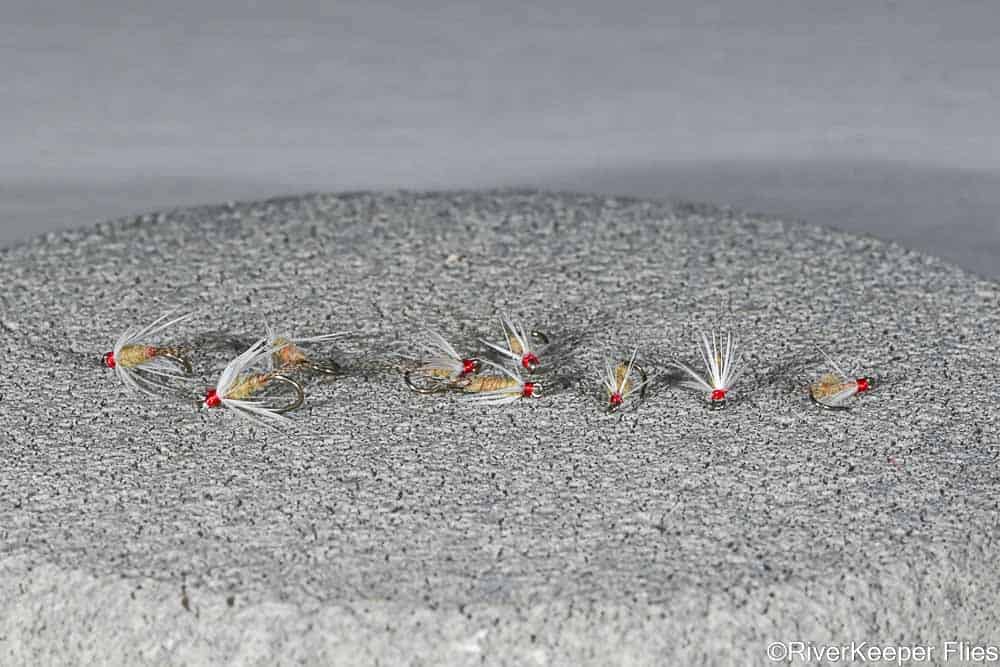
I saved the most difficult fly for last.
The BWO Pulsating Emerger is tied with an X-small clear bead, turkey biot body and CDC pulled over the bead and used for the wing. These small flies were a challenge for me! I tied several flies before I was happy with the flies. Here is the finished product in sizes 18 – 22 (left to right).
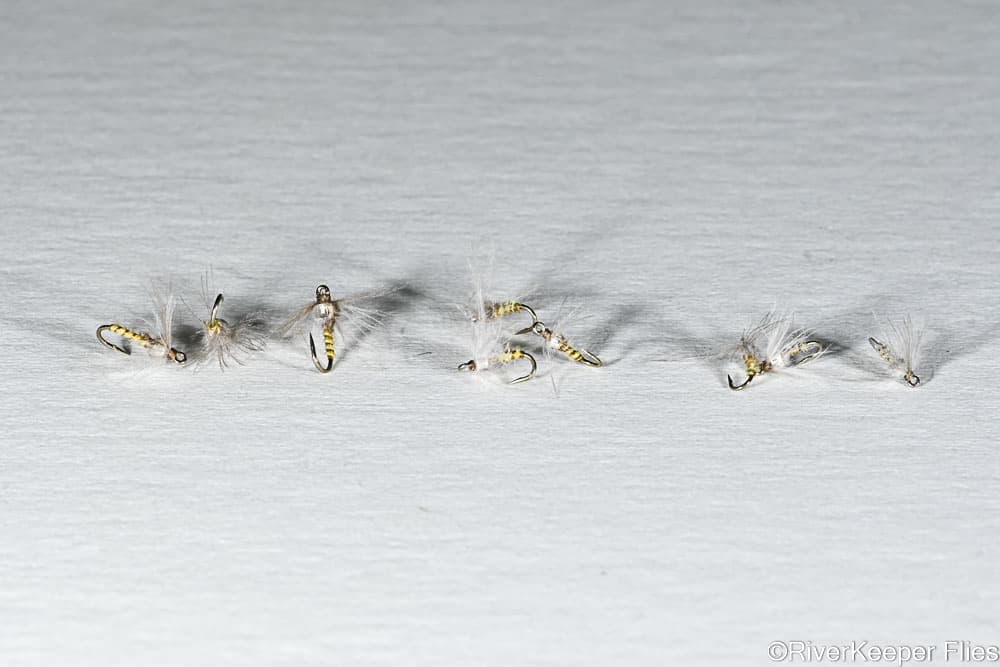
And a close-up of the fly. Perhaps you can see the clear bead in the image.
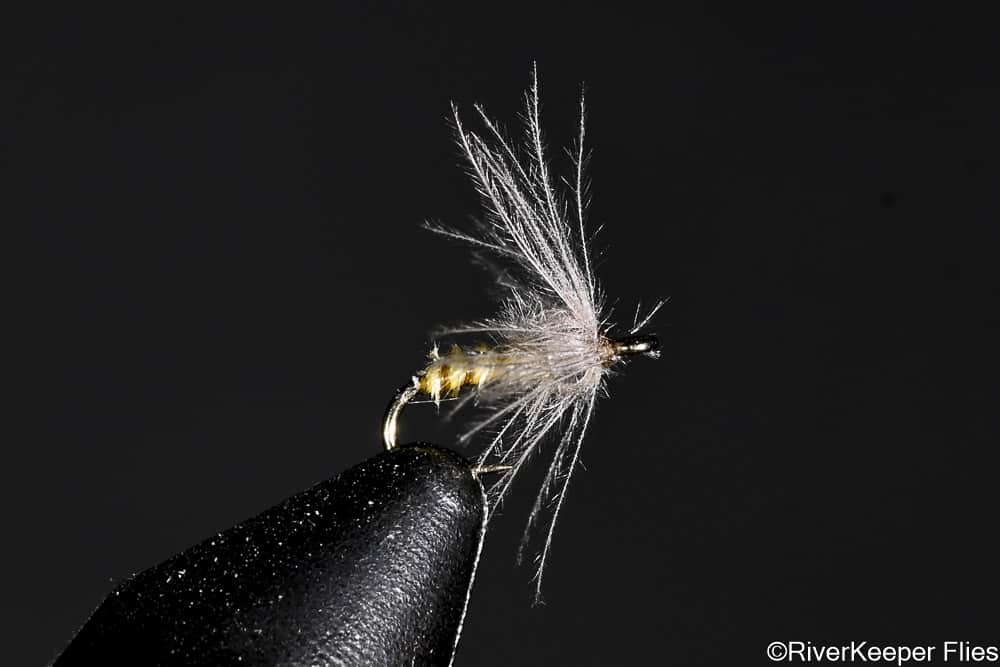
If you are a fly tyer, you can tie these flies. All it takes is a little practice. Work on improving your skills and techniques. Be mindful about selecting materials. Smaller flies require small materials. For example, selecting a biot from a different part of the feather will go a long way to ensure your success.
Lastly, never forget about proportions. It doesn’t matter is you tie a size 2/0 saltwater fly or one of these tiny size 22 flies, proportions matter.
I hope this brief bit of information will help you tie better flies.
Enjoy…go fish, stay safe!
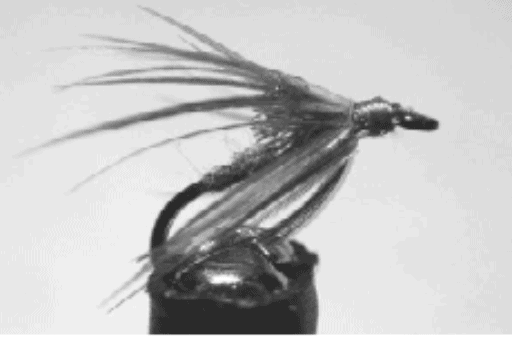

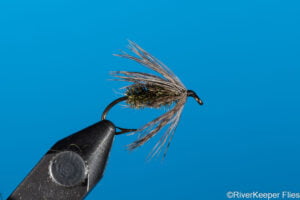


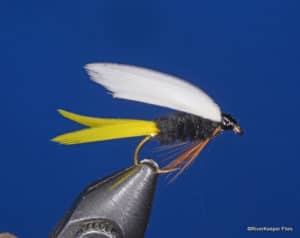

nor sure what you mean by “CDC pulled over the bead and used for the wing. ” Is it tied in behind the bead, pulled over it and then flared back or are you just referring to tying a clump in front of the bead and behind the eye and pushing it back around the bead?????
Hey Brian
Yes, the feather is tied behind the bead facing towards the tail. Pull it over the bead like a wingcase or bubble surrounding the bead. Tie down to secure, then place thread wraps in front of wing to force backwards.
Hope this helps.
John
http://www.bing.com/videos/search?q=pulsating+emerger&docid=608033594018565454&mid=A147E0485A6BE9C09301A147E0485A6BE9C09301&view=detail&FORM=VIRE
found this
So darned impressive! You’re right, practice makes things easier, with regard to tying. I recently tied a few of the Manhattan Midges in size 18, after your recent post. I think I’m ready to scale all the way down to a 20! It’s reassuring to hear that you, too, were a bit intimidated by tying small flies. There’s hope…..
John,
Thoroughly enjoy every post and video. As a relic of the past, I really appreciate your reverence for the history of sport. Fly fishing and tying are evolving faster than COVID and it’s nice to pause and reflect on why I became a fly fisher.
Hi Tom
Thanks for leaving a Comment. I’m pleased you find some value in my posts!
John